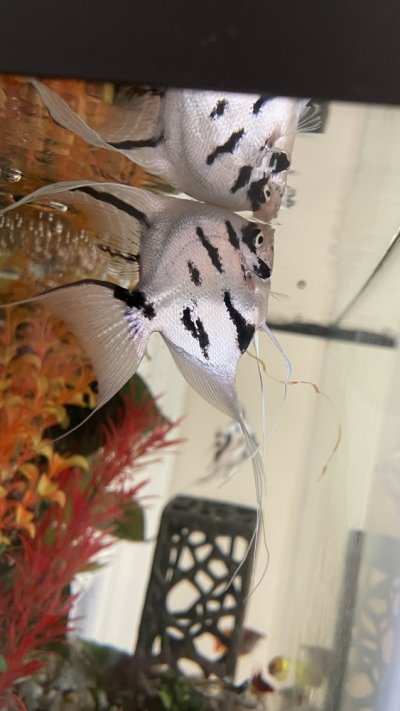AquaHobbyst1980
Aquarium Advice Newbie
- Joined
- Feb 13, 2022
- Messages
- 3
Hi guys, one my of two panda angels is not doing well. It’s pretty clear to me it’s swim bladder disease. Tank is 30 gallon (I know it’s small) and that pair were juveniles when I picked it up. There are 6 other smaller fish in it. All fish have been living happily for months. No parasitic diseases that I know of.
I had the heater off during the summer as we don’t use much AC and the water temperature was being naturally regulated by the ambient air temperature at around 78 to 80 F.
Heater is back on; I have several antibiotics I can use (but the fish doesn’t seem sick from a parasite), salt etc.
Anything we can do to save him?
Please advise.
I had the heater off during the summer as we don’t use much AC and the water temperature was being naturally regulated by the ambient air temperature at around 78 to 80 F.
Heater is back on; I have several antibiotics I can use (but the fish doesn’t seem sick from a parasite), salt etc.
Anything we can do to save him?
Please advise.

